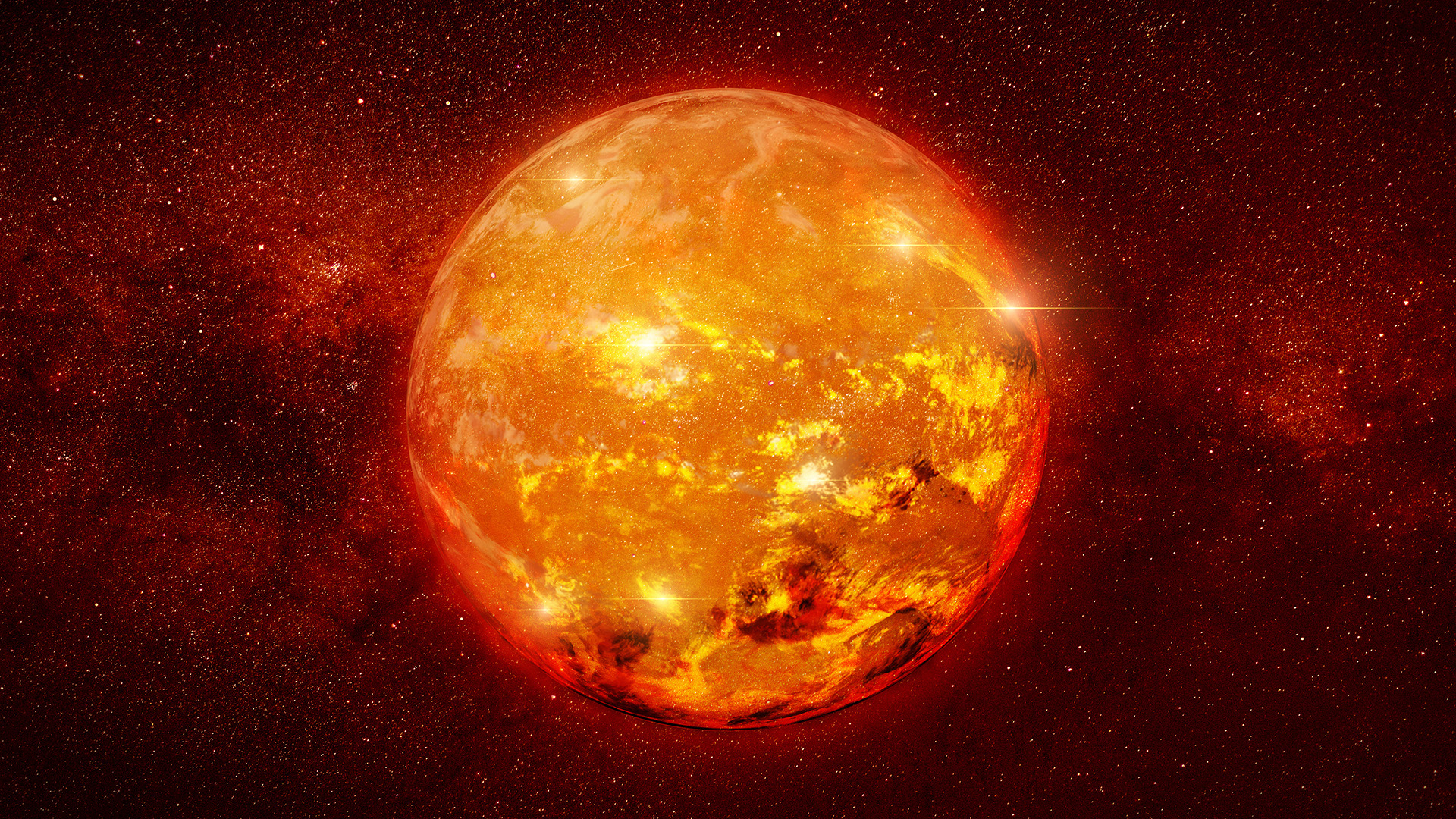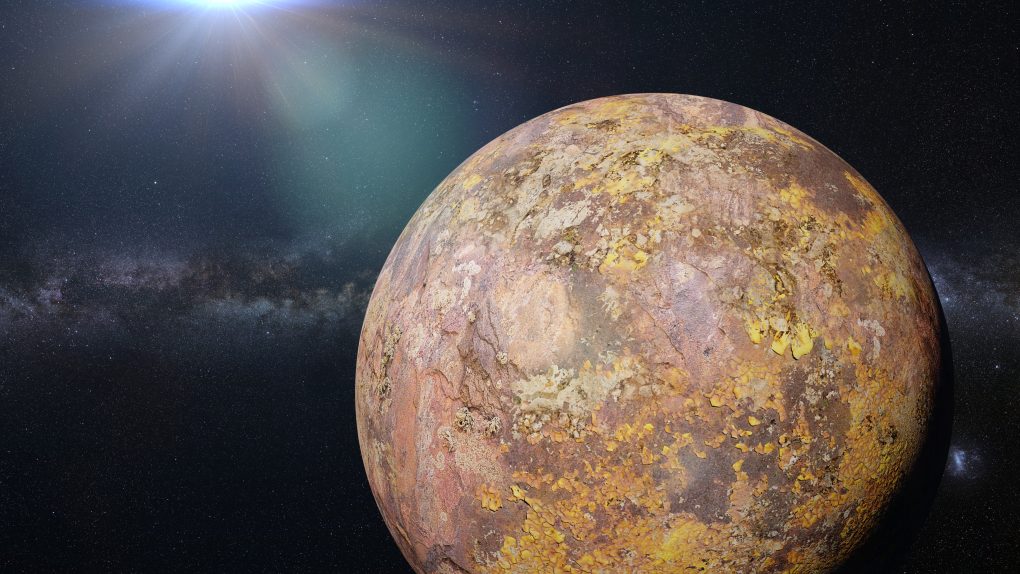Scientists have made an amazing discovery. According to a new study published in The Astrophysical Letters, astronomers found an Earth-like planet with no atmosphere. The planet, which orbits an M dwarf star, which is one of the most common types of stars in our universe, could even help make it easier for astronomers to find extraterrestrial life.
The exoplanet in question is named GJ 1252b, and it was discovered back in 2020. Since its discovery, astronomers have looked at the potentially rocky Super Earth to try to determine more about it. During those observations, they looked at infrared radiation on the planet after much of its light was obscured during a secondary eclipse. What they discovered may make it easier to find extraterrestrial life.
The radiation that the astronomers looked at revealed that the planet has daytime temperatures that reach estimated values of 2,242 degrees Fahrenheit (1,228 Celsius). These temperatures are so hot, that metals like silver, copper, and gold would melt on the planet’s surface. Based on this heat, they believe that planet has no atmosphere. But how does that make it easier to find extraterrestrial life?

Well, because the planet orbits an M dwarf star, and because those stars are the most commonly found in the universe, we may be able to rule most of the planets orbiting them out of the equation. That’s because these stars as so hot, that they strip the planet of its important atmosphere and raise the heat levels so high that the chances of finding extraterrestrial life on them are slim.
M dwarf stars like the one that GJ 1252b orbits tend to have more flares and solar activity than our Sun, does, even when it’s reaching its peak activity levels. As such, intense radiation, and heat buffet any planets near those stars, which would kill off any important compounds needed to support extraterrestrial life on these planets.
Michelle Hill, a UC Riverside astrophysicist and one of the authors of the study, says it is possible for a planet orbiting an M dwarf star to have an atmosphere if it was far enough away from the star (via SciTechDaily). Perhaps when the James Webb space telescope gets to look deeper at these planets, we’ll be able to learn more about how likely or unlikely it will be to find extraterrestrial life on them.
For now, though, it seems that any extraterrestrial life that may be out there will be making its home on other planets orbiting less intense types of stars. But even then, there are so many other factors that could change the chance of success for life surviving on those planets. After all, Mars’ earliest life may have actually turned the planet into the barren wasteland that it is today.








